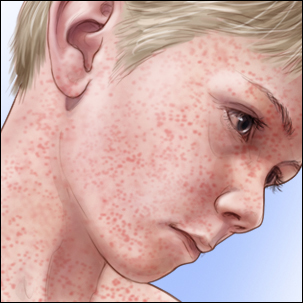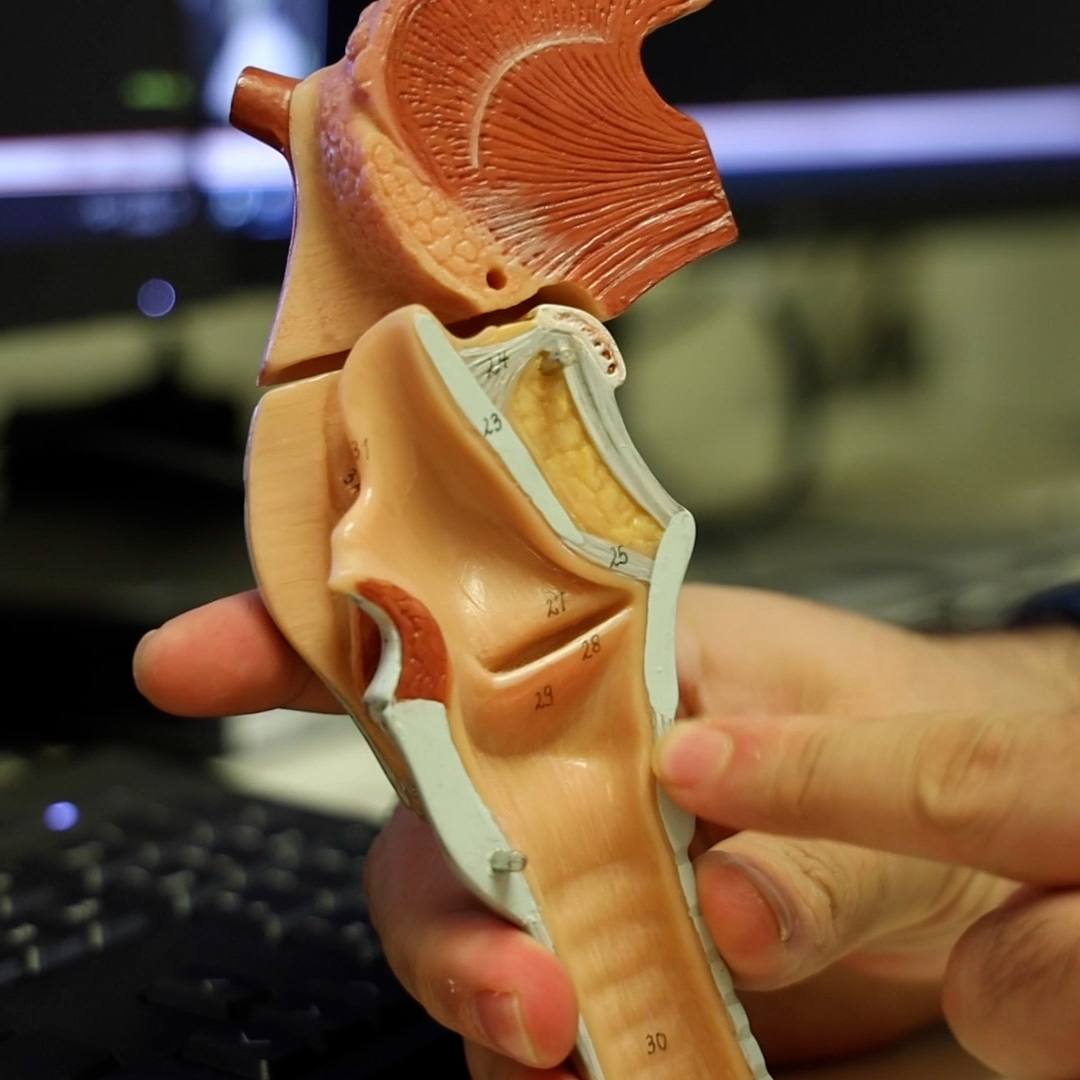Once confined to the southern part of the U.S., the lone star tick is now being found further north and west, and so are reports of allergic reactions to meat following a tick bite.
Journalists: Broadcast-quality video pkg (1:00) is in the downloads. Read the script.
"These are all lone star ticks," says Dr. Bobbi Pritt, a Mayo Clinic parasitologist, as she displays a petri dish of ticks.
It’s tough to see in the dish, but each tick has the female lone star’s distinctive spot.
"It has a little yellowy-white dot," Dr. Pritt says.
The tick with the yellow dot is now found in much of the eastern half of the U.S. ─ the area that’s at risk for a tick-related meat allergy.
"There’s this syndrome that’s fairly newly recognized," says Dr. Pritt. "It’s called alpha gal syndrome."
Dr. Pritt says the tick is thought to inject something into the person it's biting.
"One of those substances causes our body to form antibodies to this alpha gal sugar," adds Dr. Pritt.
The result can be an allergic reaction to meat. Symptoms occur several hours after eating the meat and can include itching, hives, swelling of the lips, mouth and airway – even anaphylactic shock.
"I would emphasize it is relatively rare, although, we are getting more reports of cases," cautions Dr. Pritt.
Protect yourself: Tuck your pants into your socks, wear repellent, and stay out of tall brush.
"Then, most importantly, when you come in from outdoors, check yourself, check your kids, check your pets for ticks, and remove them right away," says Dr. Pritt.
Read more about tick bites.
Related Articles







